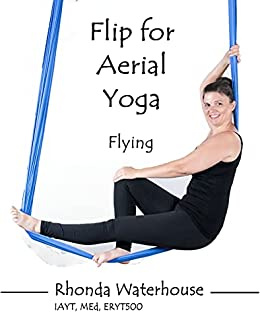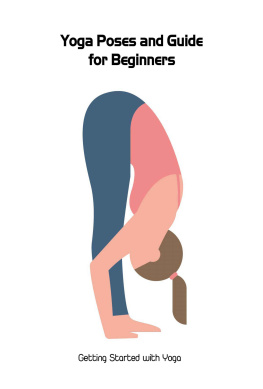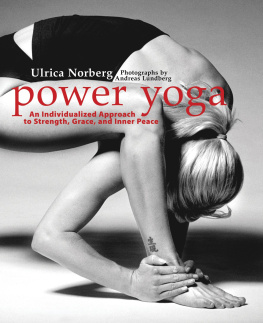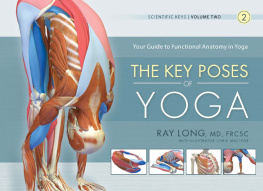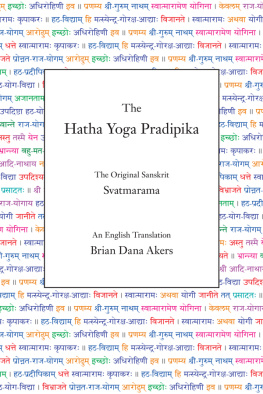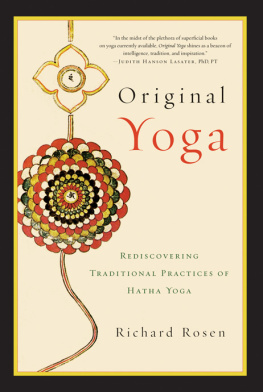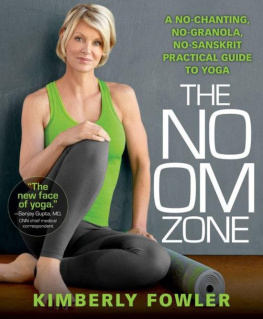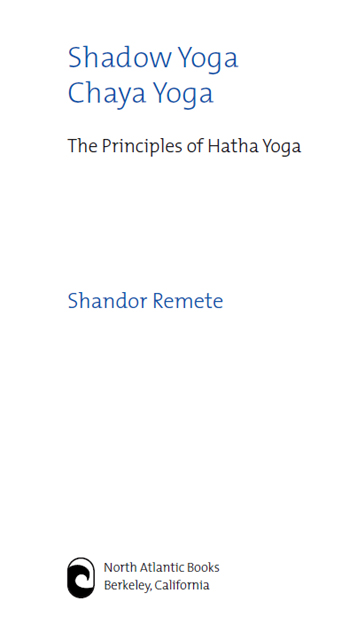Copyright 2006, 2010 by Shandor Remete. All rights reserved. No portion of this book, except for brief review, may be reproduced, stored in a retrieval system, or transmitted in any form or by any meanselectronic, mechanical, photocopying, recording, or otherwisewithout the written permission of the publisher. For information contact North Atlantic Books.
Published by
North Atlantic Books
P.O. Box 12327
Berkeley, California 94712
Cover design by Suzanne Albertson
Edited by John Evans
Illustrated by Joey Huynh
Calligraphy by Nakamura Taisaburo Sensei
Shadow Yoga, Chaya Yoga: The Principles of Hatha Yoga is sponsored by the Society for the Study of Native Arts and Sciences, a nonprofit educational corporation whose goals are to develop an educational and cross-cultural perspective linking various scientific, social, and artistic fields; to nurture a holistic view of arts, sciences, humanities, and healing; and to publish and distribute literature on the relationship of mind, body, and nature.
North Atlantic Books publications are available through most bookstores. For further information, visit our website at www.northatlanticbooks.com or call 800-733-3000.
Library of Congress Cataloging-in-Publication Data
Remete, Shandor, 1948
Shadow yoga, Chaya yoga : the principles of Hatha yoga / Shandor Remete.
p. cm.
Summary: Shadow Yoga is an elegant, concise treatise on the hidden roots of yoga. Beautiful drawings and photographs illustrate the subtle concepts and Sanskrit terminology underpinning the posesProvided by publisher
eISBN: 978-1-58394-440-0
1. Yoga. I. Title.
B132.Y6R433 2009
181.45dc22
2009036822
v3.1
Dedicated to Ms. Emma Balnaves, without whom this world of material appearances would seem like an eternal prison of suffering.
And to my children Emeshe, Arikan, Noemi, and Atreya, to whom my absence has caused an excess of pain, yet I carry them deep in my heart. May God forgive me.
Contents
Preface
I would like to begin by paying my respects to all the people who have been instrumental in the cultivation of the intelligence that flows through me. This intelligence guides me along the yogic path like a flaming torch, dispelling the darkness of ignorance. Beyond all others, I bow to Lord Shiva, the great God of Yogis and Wanderers on the path.
I was introduced to the practice of yoga at the young age of six by my father. Through his example I learned all the basic asanas, kriyas, and bandhas. His guidance was patient and persistent yet unimposed. Later, I studied for two decades under the firm hand and watchful eye of yoga master B. K. S. Iyengar of Pune, India.
During this time, I also had the good fortune to receive some of the early writings of Sri T. Krishnamacharya of Madras (present-day Chennai). Among these, one short work has influenced me profoundly: Salutations to the Teacher and the Eternal One. It has been this book more than any other that has helped me to decipher and understand the ancient hatha yogic texts in their fullness. And it is this growing understanding that has determined my course over time.
This little book you are now holding, Shadow Yoga, is the culmination of what I have studied, read, and practiced thus far. Its fourteen chapters have been woven together from threads drawn from the classical hatha yoga texts, that the knowledge may become more accessible to the sincere seeker. There is nothing in this book that I have not tested and put to use over many years of training, day and night.
During that time I have explored both the well-known and the lesser-known styles of present-day yoga, their advantages as well as their disadvantages. I have also studied other disciplines: martial arts and the ancient Kathakali and Bharatanatyam dance forms of southern India. What has become apparent to me is that there is a common basis in the preparatory forms of all of these disciplines.
Preparatory forms are essential for the learning of and the unfolding of the energetic principles of the yoga practice. Although they have been (and are still) utilized in the aforementioned disciplines over the ages, they are no longer found or known about in the popular styles of modern-day yoga. This lack of basic preparatory activity leaves the beginner wide open to confusion, injury, and empty promises.
Throughout the ages, the cultivation of power has always been achieved through very simple and uncomplicated movements. The prelude forms of the Shadow School of yoga are not a new invention but a resurrection of what is an age-old method of preparing the body, mind, and spirit.
The theoretical information contained within this book is therefore offered to nourish the seeds of the divine energy that is hidden deep within the human form, that it may unfold.
Shandor Remete
Adelaide, Australia, 2006
How to Use This Book
The prelude sequences illustrated in this book can be memorized and then practiced using the understanding gained from reading the text. This process of bahiranga sadhana will be enhanced by careful observation of the Shadow Yoga DVDs. The practice of yogasanas, however, cannot be learned from books or audiovisual tools alone. The internal processes, antaranga sadhana of yogasanas, pranayamas, kriyas, bandhas, and mudras must be learned with the guidance of a teacher well-versed in this style so that these practices can be introduced and adapted according to the needs of the individual.
The theoretical information contained in this book is intended to evoke an understanding of universal principles that the mind can rest upon during practice. Detailed technical information, on the other hand, will pollute the mind and prevent absorption in the practice. The role of the teacher is to introduce technical points only when they are called for in order that the individual student can relate appropriately to the activity. As the practitioner matures and action is carried out in accordance with universal principles the necessary techniques hidden within the forms and movements will spontaneously reveal themselves. If the student practices the prelude forms diligently, with correct rhythm and attention, they will begin to experience this process of realization for themselves.
The mudras spoken of within this text should not be attempted. They relate to paramantaranga sadhana and are included here only to indicate the direction in which advanced practice should move. Many suggestions are contained in them that only time and diligent practice will reveal. In the later stages only a few asanas are required for the spiritual unfolding of the individual. In the early stages milder forms of these asanas are learned from an experienced teacher as the appropriate preludes are mastered.
Only an outline of the basic asanas, kriyas, bandhas, pranayamas, mudras, and pratyahara is given in this book since all these practices should be learned directly under the guidance of an experienced teacher who is well-versed in all aspects of the art, craft, and science of yoga.
Part 1
Knowledge
1
Shadow Yoga
Before opening a discussion on Shadow Yoga it is important to grasp the meaning hidden behind the term yoga itself. Yoga is a spiritual system that deals practically with the process of enlightenment. The final goal is to differentiate the soul from everything that is not the soul. The method of yoga teaches the individual to discriminate, or to see the differences between these two things.


